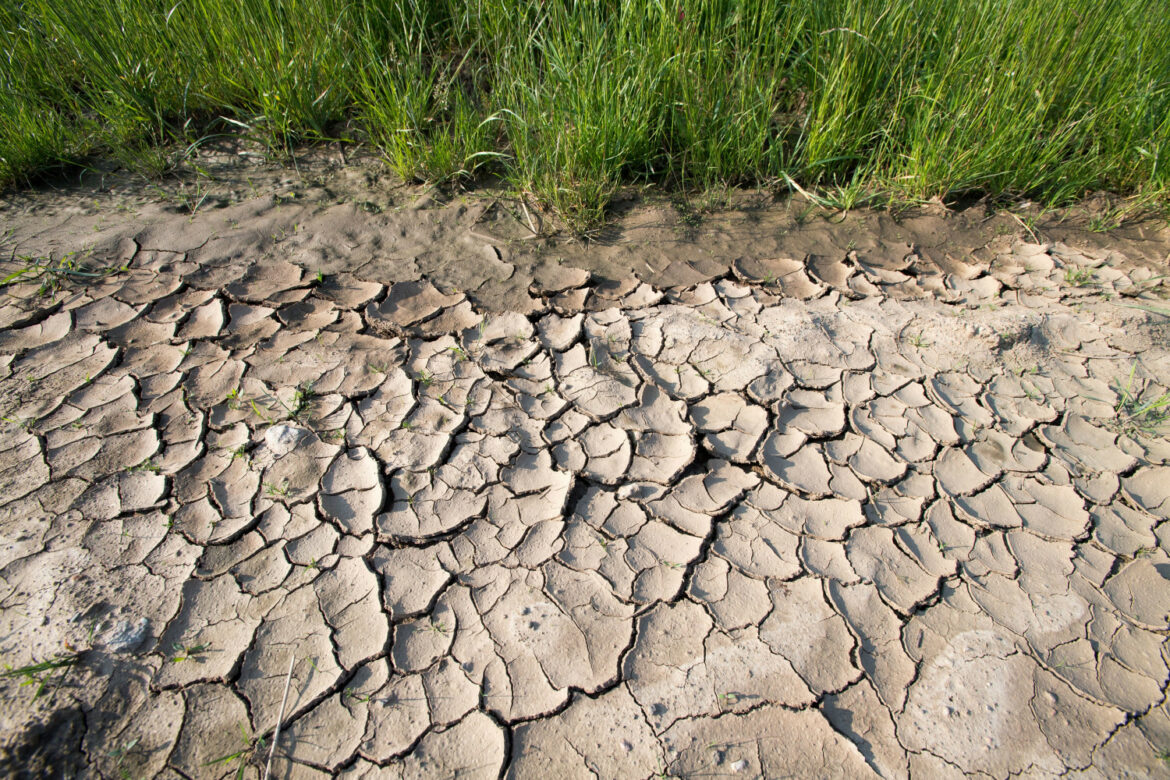According to the report “Economic costs of drought for Polish agriculture”, which was prepared by the Polish Economic Institute (PIS), over the past several years, the yields of Polish agriculture have been significantly reduced by the impact of droughts. The average annual sum of losses in three crop categories (tubers, cereals, oilseeds) estimated with the use of the climatic water scarcity index is about 3.9 billion PLN, while losses estimated with the use of the normalised differential vegetation index (NDVI) may have amounted even to 6.5 billion PLN (according to average current prices in purchases in a given voivodship).
As the authors of the report emphasise, the presented estimates are limited to agricultural crops, and do not cover all environmental and economic damage caused by drought. On average, the greatest losses were recorded in the Wielkopolskie Voivodeship, and the smallest in the Warmińsko-Mazurskie Voivodeship. The Wielkopolskie Voivodeship is a large area and has a significant cultivated area, yet it proved to be very dry according to both environmental variables. Warmian-Masurian, on the other hand, is the wettest province according to both measures.
Crop losses reduce farmers’ incomes and increase food prices, and so consequently affect everyone. Knowing the financial cost of drought in agriculture can raise awareness of the dangers of drought.
Droughts are not only caused by the amount of rainfall, but also by the way water is managed. The ability of land to retain run-off water, i.e. retention, can be improved by protecting forests, natural water bodies and wetlands and stopping excessive drainage.
Without preventive measures, the costs of droughts will increase. Rising temperatures resulting from climate change will intensify the problems: it will increase evaporation and the frequency of extreme weather events. Adaptation measures are needed, including the appropriate management of water resources as well as crop selection.
Adrian Andrzejewski





